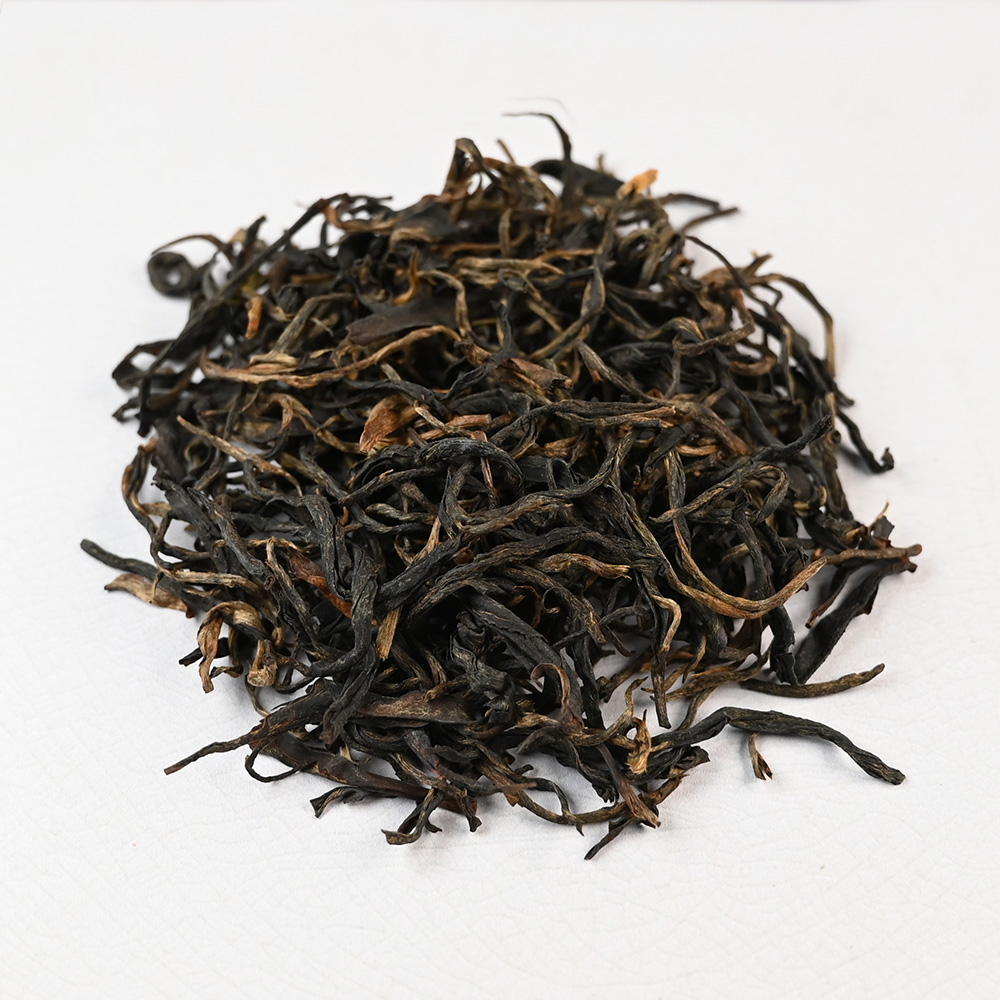Green Tea : Exploring the Production Methods and Origins
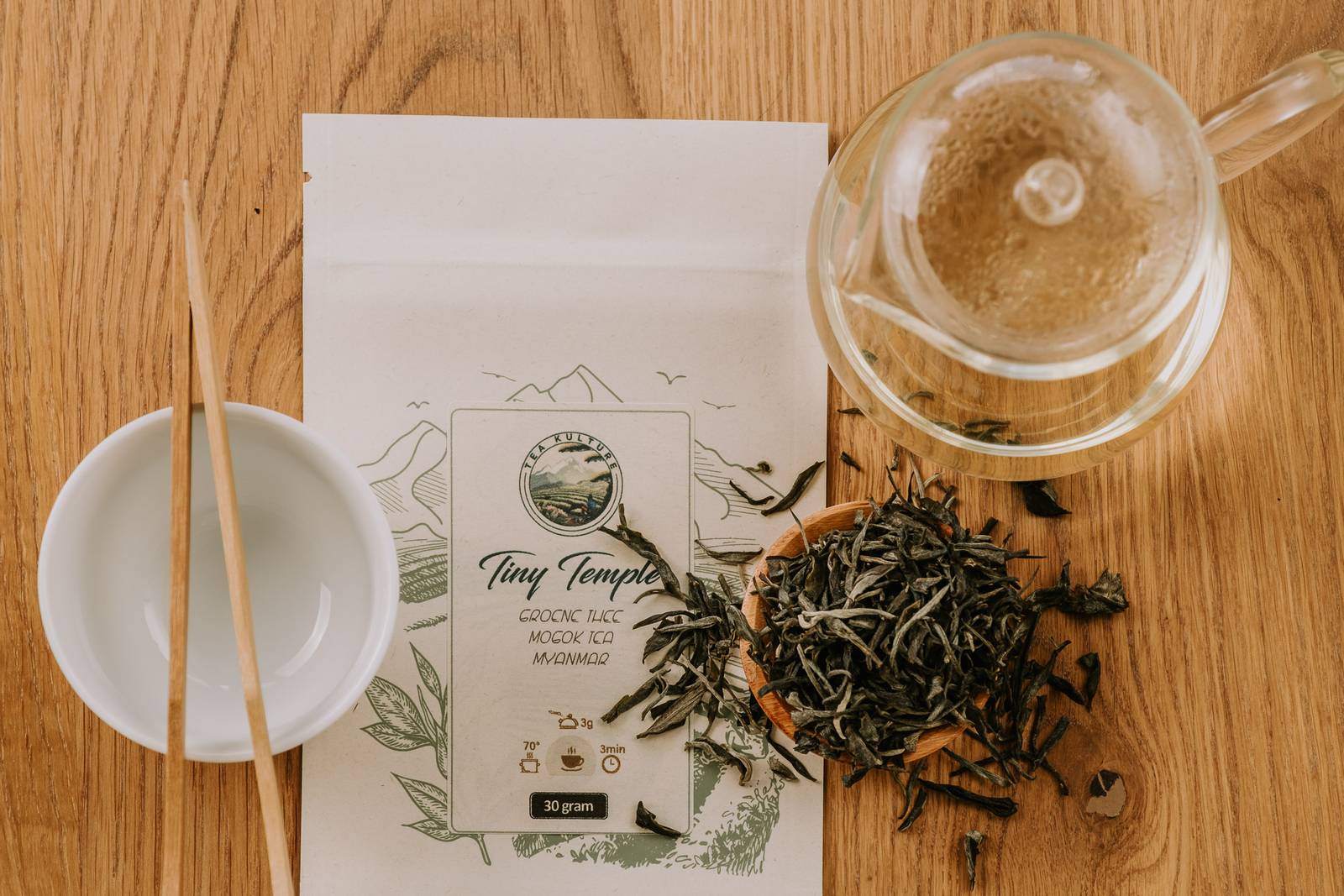
Green tea can be described in one simple sentence. This is a type of tea that is the freshest and closest to its state while still as part of the bush, which means that it is the least oxidized of all six tea types. The key to its distinctive character lies in the prevention of oxidation, achieved through a process called “kill-green” that prevents the enzymes in the leaf from oxidizing the leaf.
Oxidation itself can be compared to biting into an apple which starts to turn brown after coming into contact with oxygen. If oxidation is not stopped, the tea leaves turn into other types of tea, for instance, black tea.
This blog post delves into the origins and historical background of green tea, shedding light on its production methods and terroirs. Additionally, it provides insights on the optimal way to brew a delicious cup of green tea.
The Production of Green Tea
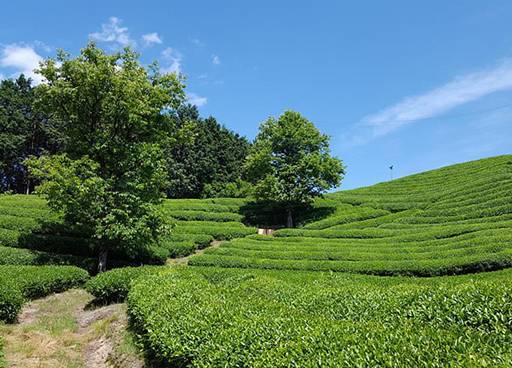
The production of green tea is a process that begins with the careful selection of tea leaves, which are then subjected to minimal oxidation, distinguishing it from other tea types. The pivotal step in crafting green tea is the application of heat, known as fixing or “kill-green”, which denatures enzymes responsible for color change in the leaves. This prevents oxidation, maintaining the vibrant green color characteristic of green tea.
Post-fixation, the leaves are skillfully shaped to yield various green tea styles, such as the needle shape seen in Japanese Sencha and Gyokuro, the flat leaves of Dragon Well (Long Jing), or the snail-like curly leaves of Green Snail Spring (Bi Luo Chun) from China.
The final touch involves drying, marking the culmination of the processing journey. The evolution of green tea, from its ancient medicinal origins to modern variations, incorporates techniques like sun-drying and region-specific practices such as steaming in Japan or various dry heat methods in China, including pan-frying, tumble-roasting, oven-baking, and sun-curing.
Steamed green teas, with their vivid color and umami-rich notes, offer a different experience than green teas fired with dry heat, which often develop floral or nutty characters. These methods contribute to the diverse flavor profiles found within the broad category of green tea.
Exploring Different Terroirs
The allure of green tea extends beyond its intricate production process, encompassing the distinct terroirs that shape its unique flavor profiles.
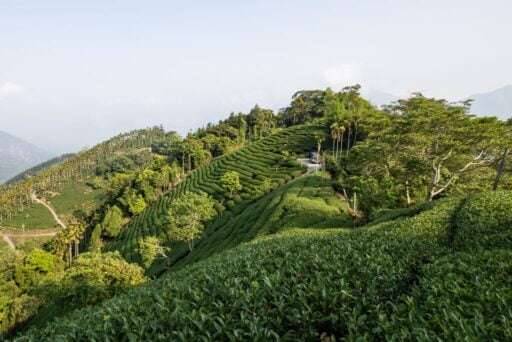
Originally evolving from rustic sun-dried styles during China’s ancient Song dynasty (960 – 1279 CE), green teas are now, besides China, predominantly cultivated in countries like Japan and South Korea, and increasingly in Southeast Asia.
Japan has been renowned for years for its terroir, producing teas like sencha and matcha, while South Korea also primarily focuses on green teas also, with other types being relatively rare.
Notably, various tea-producing countries, including Nepal, Sri Lanka, Malawi, and Myanmar among other regions, craft exceptional green teas with distinctive characteristics. Regardless of the region, springtime harvests are highly coveted for their sought-after green teas. Check out our recommendations below to embark on your green tea journey.
How To Brew Green Tea
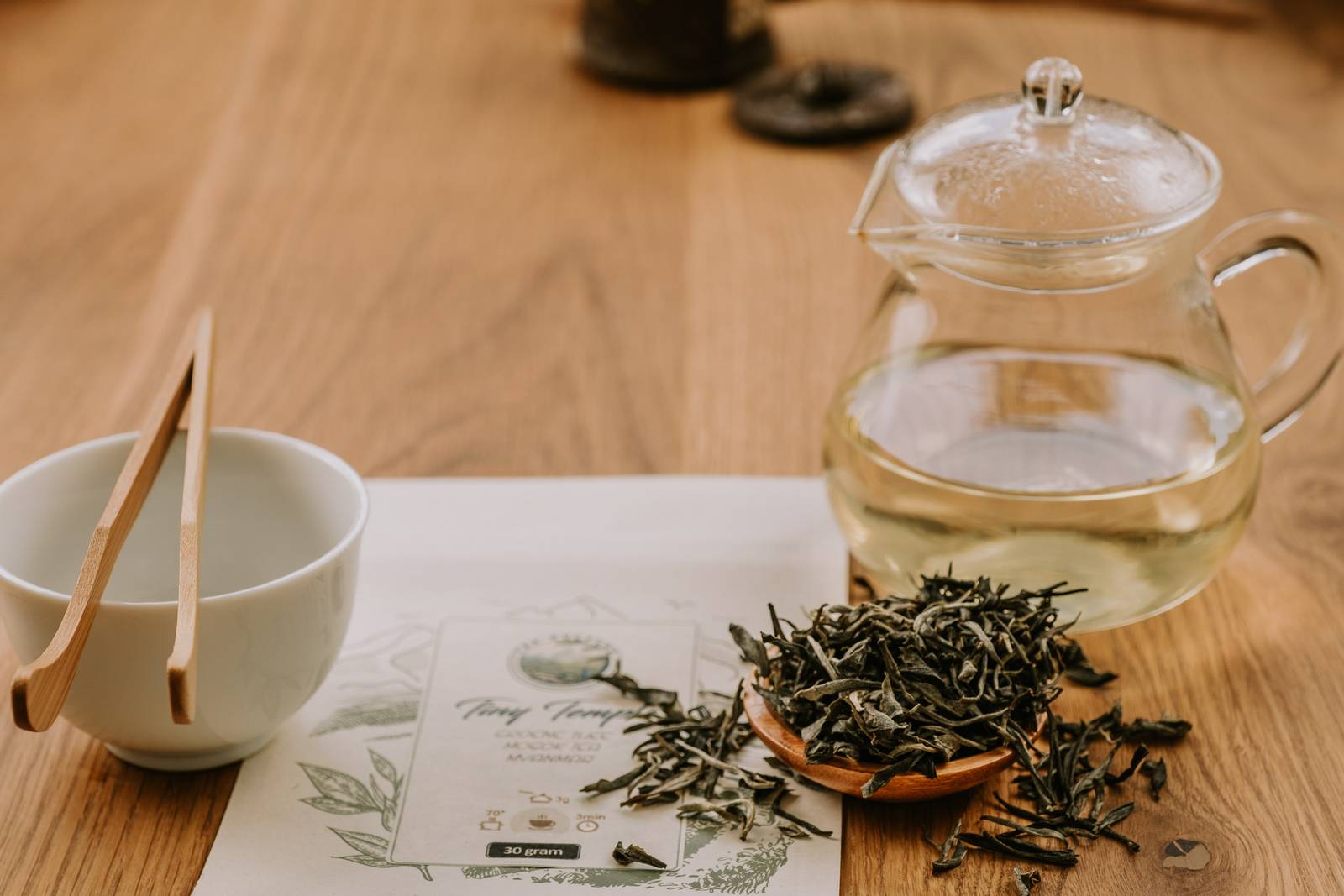
Dispelling the misconception that green tea doesn’t taste good because of astringency and bitterness, it is, in fact, one of the most delicious teas when brewed correctly.
Mastering the art of brewing green tea involves careful consideration of water temperature, steeping time, and water and dry tea ratio.
Chinese green teas thrive in water between 70 and 80 degrees Celsius.
Japanese teas, such as gyokuro, prefer slightly cooler water and can be enjoyed over multiple infusions.
Following instructions initially and then personalizing the brewing process allows tea enthusiasts to unlock the full potential of these delicate leaves. Learn more about how to brew a delicious cup of tea.






